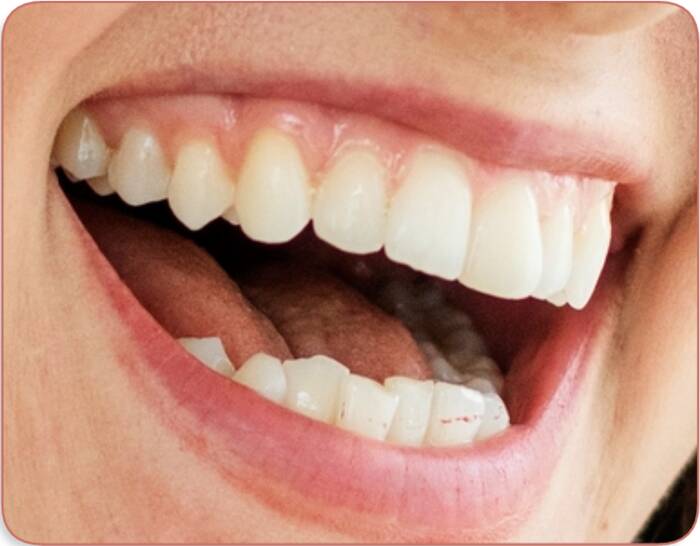What to do for intense gingivitis pain before going to the dentist? How to calm the great pain? What natural products are available at home to alleviate the pain while waiting for the consultation? And finally, can baking soda be used to treat gingivitis?
I. Causes of Gingivitis
Gingivitis is one of the most well-known dental pathologies. It is an inflammation of the gums, which can be extremely painful.
The periodontium is the whole formed by the supporting tissue of the teeth, the bone, and the supporting fibers. The gum is part of this whole. Gingivitis is an infection that is caused by tartar and plaque.
When tartar sets in and hardens, bacteria spread and infections occur. This is where the inflammation of the gums, affected by the bacterial proliferation, comes from.
Other elements can be at the origin of gingivitis. A dental prosthesis or a badly positioned appliance, for example, would exert pressure on the gum. Fungus, itself caused by fungi, can lead to gum inflammation. As well as the development of a mouth ulcer or an abscess.
Certain medications can also cause gingivitis, as well as hormonal changes. Like after a pregnancy.
The first symptom of gingivitis is pain. In addition to that, the gums become inflamed, reddish, and swollen. Bad breath is also a sign of gingivitis, a pungent odor that even brushing cannot eliminate.
The consequences of gingivitis, apart from the pain that can make eating difficult, are serious. If it is not well treated, the suffering can become constant. In the worst case, gingivitis can even lead to tooth loosening.
II. What to Do for Intense Gingivitis Pain at Home?
The pain in the gums can be atrocious and occur at any moment. It is also very handicapping, to carry out essential activities like eating or speaking. It can also have an impact on your quality of life, especially if it is recurrent.
When the pain is excruciating, what to do? There are ways to make the pain caused by gum inflammation disappear, or at least to reduce it.
You can massage your gums with your fingertip. This will stimulate blood circulation. But be sure to do it with clean hands, to avoid infection.
You can also apply clove oil to the painful areas.
Other natural products can bring you relief when you have gum pain.
Geranium, for example, can be helpful. Simply use 4 drops of geranium oil diluted in a glass of warm water. Once a day for 2 weeks, use this liquid as a mouthwash.
Sage is also a plant that helps in cases of gum pain. In a cup of boiling water, throw a handful of sage leaves. Once covered, put the decoction to rest while it cools. Then you can use it to gargle 3 times a week.
If you have developed mouth ulcers, you should consult a dentist. He will probably prescribe a mouthwash.
Sometimes you may notice that one of your teeth is starting to loosen. Use a special toothpaste for sensitive teeth and fragile enamel, such as Crest Pro-Health or Sensodyne. It will give you real relief.
One of the best ways to get rid of your gum pain is to treat the causes. So if you have tartar and it’s causing your gingivitis, take an antiseptic and antibiotic treatment as well as a scaling.
If, on the other hand, your pain is due to a prosthesis or a dental appliance, simply have it readjusted.
III. Can You Treat Gingivitis with Baking Soda?
Baking soda is a product that has repeatedly shown its effectiveness in health care. It is often used for oral hygiene, especially to keep teeth white.
Baking soda can help in the case of gingivitis because it is antibacterial and corrosive. Therefore, it will act on tartar.
All you have to do is mix a teaspoon of bicarbonate with a glass of water. With this solution, rinse your mouth 3 times a day.
A second way to use baking soda to treat gingivitis is to make a paste of it. To do this, mix the amount of 2 teaspoons of baking soda with the same amount of peroxide. Also, add 1 teaspoon of salt.
You can then spread this paste on the gums and massage gently for a few minutes.
Repeat this operation for a minimum of 3 weeks and a maximum of 2 months.
Useful Links:
Gingivitis is a non-destructive disease
Gingivitis is an inflammatory condition of the gingival tissue
What happens if your tooth breaks after a root canal?

